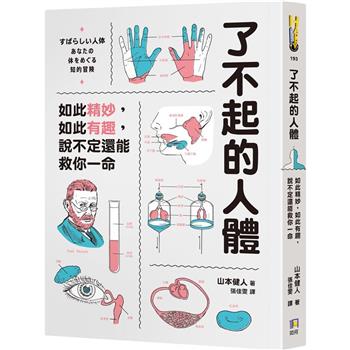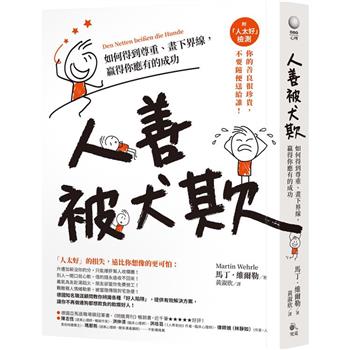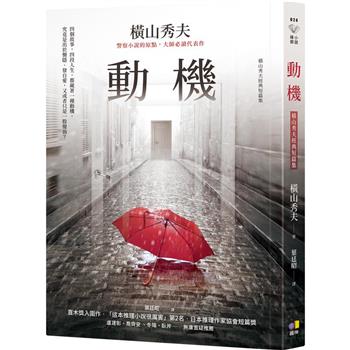圖書簡介From the renowned author of Possession, The Children’s Book is the absorbing story of the close of what has been called the Edwardian summer: the deceptively languid, blissful period that ended with the cataclysmic destruction of World War I. In this compelling novel, A.S. Byatt summons up a whole era, revealing that beneath its golden surface lay tensions that would explode into war, revolution and unbelievable change — for the generation that came of age before 1914 and, most of all, for their children.
The novel centres around Olive Wellwood, a fairy tale writer, and her circle, which includes the brilliant, erratic craftsman Benedict Fludd and his apprentice Phillip Warren, a runaway from the poverty of the Potteries; Prosper Cain, the soldier who directs what will become the Victoria and Albert Museum; Olive’s brother-in-law Basil Wellwood, an officer of the Bank of England; and many others from every layer of society. A.S. Byatt traces their lives in intimate detail and moves between generations, following the children who must choose whether to follow the roles expected of them or stand up to their parents’ “porcelain socialism.”
Olive’s daughter Dorothy wishes to become a doctor, while her other daughter, Hedda, wants to fight for votes for women. Her son Tom, sent to an upper-class school, wants nothing more than to spend time in the woods, tracking birds and foxes. Her nephew Charles becomes embroiled with German-influenced revolutionaries. Their portraits connect the political issues at the heart of nascent feminism and socialism with grave personal dilemmas, interlacing until The Children’s Book becomes a perfect depiction of an entire world.
Olive is a fairy tale writer in the era of Peter Pan and Kenneth Grahame’s The Wind In the Willows, not long after Alice’s Adventures in Wonderland. At a time when children in England suffered deprivation by the millions, the concept of childhood was being refined and elaborated in ways that still influence us today. For each of her children, Olive writes a special, private book, bound in a different colour and placed on a shelf; when these same children are ferried off into the unremitting destruction of the Great War, the reader is left to wonder who the real children in this novel are.
The Children’s Book is an astonishing novel. It is an historical feat that brings to life an era that helped shape our own as well as a gripping, personal novel about parents and children, life’s most painful struggles and its richest pleasures. No other writer could have imagined it or created it.










